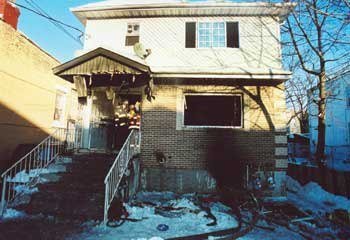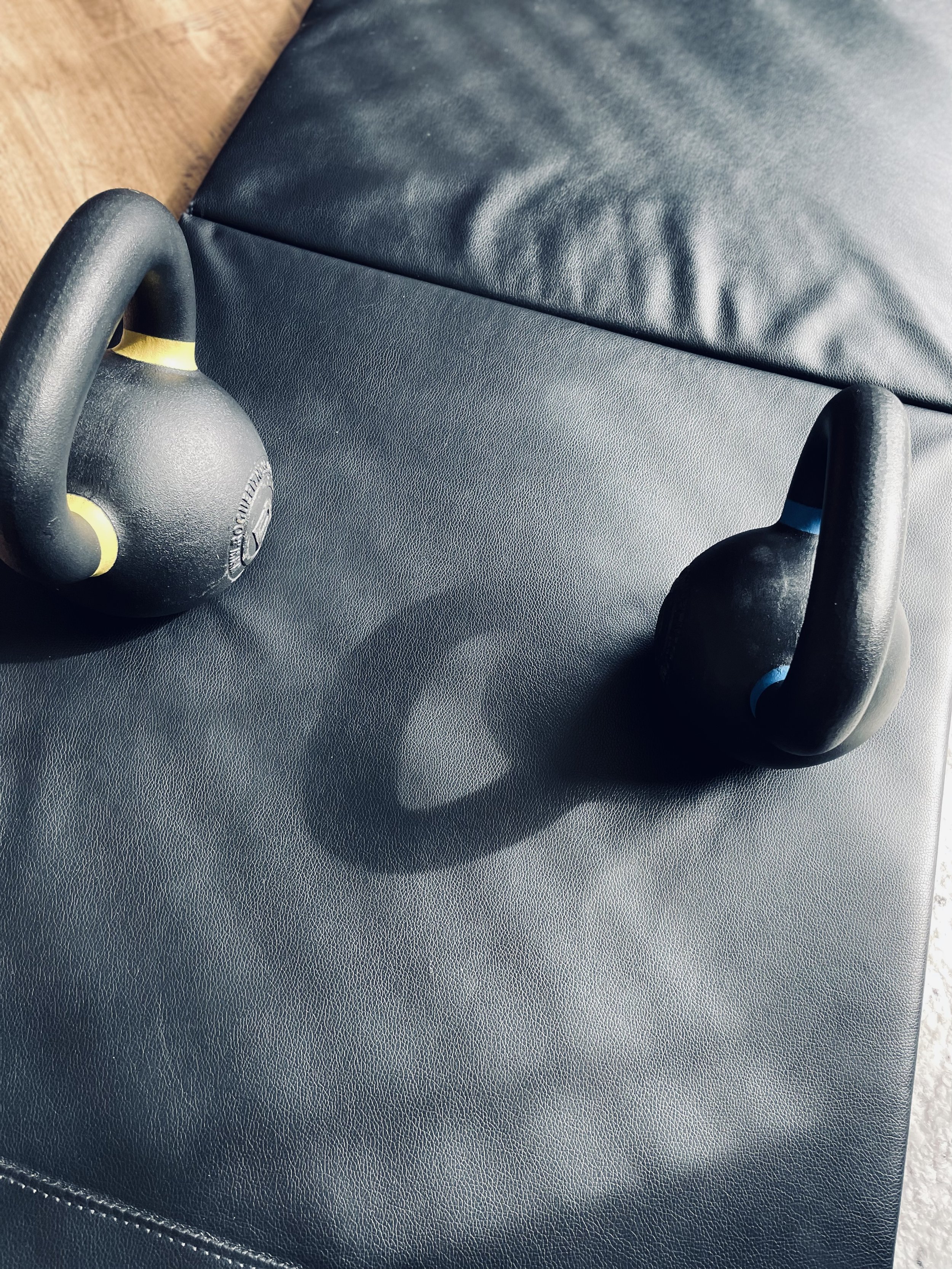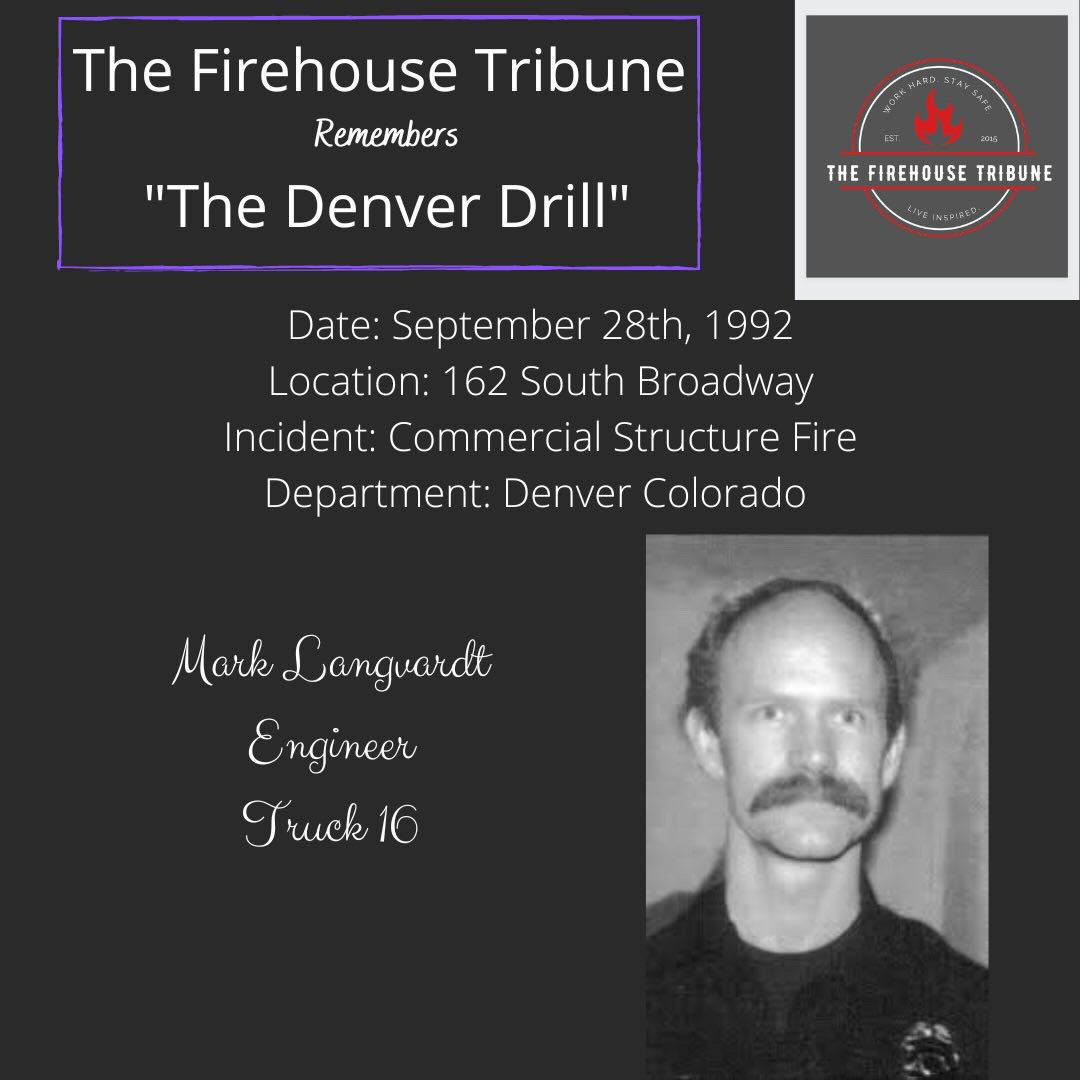TIC Differences
If you wanted to look at planets in the night sky, would you use the binoculars you take on a hike for looking at wildlife? Probably not. You would use a telescope so you could see as much detail as possible. You would pick the right tool for the right job.
This is a picture I took during training to show the difference between two thermal imaging cameras. Which one do you want in your hand when operating on the fire ground? I'd actually want both in with the crew but how and when each one is used will depend on the task. The camera on the left is a situational awareness TIC that can be used to locate fire or egress points. It has a lower resolution and a slower processor. I tend to think of them as a "personal" TIC because they are smaller and can be used in a pinch. The camera on the right is a decision making TIC that can be used to search and for tactical, strategic decision making. It has a higher resolution and a faster processor. I tend to think of these as an "officer" TIC because they provide more information in order to direct a crew's efforts. I’m not saying there’s anything wrong with the TIC on the left, but you have to utilize the correct camera for the task at hand. They are different tools for different jobs.
Train with your TICs in different environments and, if possible, realistic temperature conditions. They will operate in different resolution modes and temperature scales depending on the temperature of the environment and it's important to understand how the TIC will react. Know what the icons on the screen are telling you. Understand the color palettes (ignore the spot temp) so you think of temperatures in terms of colors and react accordingly. Also work on your scanning speed and pattern to help prevent lag and optimize how you collect. Make sure you understand the limitations AND advantages of the TICs you use so you can do your job the best way possible.
Be Smart - Stay Safe!





















